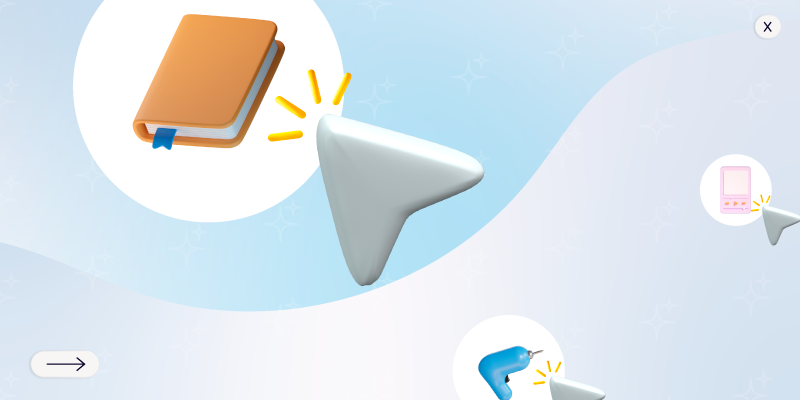Advertising and commerce are two sides of the same coin. One is not possible without the other. Rex Woodbury tells us about this in another interesting text published on his Digital Native Substack.
There are two types of advertising worth considering: Direct response advertising, which is aimed at achieving a certain sale; and brand advertising, which aims to build the brand as a value in itself. Something that large companies like Nike, Disney or Coca-Cola usually do.
La Pay-per-click advertising is generally direct response. Looking to make a certain sale. Whereas a large banner reading “Enjoy Coca-Cola” is clearly intended to build (or in this case, sustain) brand equity. Direct response is immediate, while brand advertising is longer term.
Direct response is where most money is spent on online advertising. It generates concrete results for brands and is easily measurable. The Internet is clearly the ideal place for direct response, because that is where the response is much clearer than it is with television or physical advertising.
Fact: It is estimated that 80% of online advertising is spent on direct response. Facebook, Instagram, Snap, YouTube, and now TikTok have all followed a predictable migration from brands to direct response.

YouTube's rapid revenue growth in recent years is partly due to the shift to direct response, which still accounts for only 25% of its revenue. TikTok has made direct response advertising one of its priorities. While Twitter never addressed the issue. And that's one of the reasons why its share price grew 3% since the IPO, compared to Meta's more than 300% growth.
But the customer acquisition engine is breaking down. Meta, Google and now Amazon dominate the digital advertising market, and even the digital real estate market, in much of the world (with the clear exception of China). And the cost of customer acquisition (CAC) is constantly increasing due to a chain of crises in the world economy.
The movement toward direct selling from brand to consumer was built on direct response advertising facilitated by the Internet. Brands no longer needed to limit themselves to wholesale.
Most direct-to-consumer (DTC) brands are hitting a plateau: For example, a brand can hit $20 million in revenue when suddenly the customer acquisition cost (CAC) jumps from 100 to 200 Dollars; while your customer's lifetime value (LTV) is $175. The numbers don't add up.
Over the past decade there has been a DTC boom. Then the expression “the CAC is the new income” became common. No longer did brands need to acquire customers based on geography, they came to rely on direct response advertising. But when CAC reaches very high levels, brands return to physical places. This is how in the United States there is now in every city and town a store of the most popular brands. This year 50% of their income is coming from physical stores for brands like Warby Parker or The Honest Company.
Additionally, Apple's App Tracking Transparency (ATT) has dealt a serious blow to digital advertising. The ATT requires iOS apps to ask the user if they can use their data to serve ads. And most say no. For
To give an example of what this means for the internet advertising business, Mark Zuckerberg estimated that Meta would lose some US$10.000 billion from the ATT.
When he announced this, Meta shares fell 26% in one day. Meta and Google are becoming more expensive and it is becoming more difficult for brands to measure effectiveness, which is leading them to explore other options for customer acquisition. Influencer marketing is one option. This industry has gone from generating US$1.700 billion in 2016 to US$16.400 billion in 2022, according to an estimate by Oberlo. But the influencer business is also beginning to pay less. Most of the influencer campaigns are being done with lump sum payments up front and using tricks like discount codes to reach their goals. The return on investment (ROI) is usually low and the metrics not very precise. It is somewhat difficult to scale efficiently. But with brands hungry for new customer acquisition channels, something new is needed. And this brings us to how digital commerce and advertising will respond to increases in the cost of customer acquisition and new privacy rules.
The old manual – turn on Facebook Ads Manager, add some SEO and SEM, and maybe experiment with an influencer campaign – doesn't work anymore. These mechanisms are becoming expensive and it is not very easy to measure the results. Brands will need to learn how to efficiently acquire new customers in what has become the new normal in commerce and advertising.
For Woodbury, the solution may lie in empowering the figure of the content creator.
This has to do with the TikTok phenomenon where brands and their products make their appearance in short videos. However, in the medium term the use of GPT-3 and Dall-E will gradually replace the creators. And surely the tech giants are already working on artificial intelligences capable of creating short videos, which will definitely put an end to content creators..



